Why the sE PRO Mic Laser should be your GO TO microphone 1
As a filmmaker and content creator, I’m always looking for ways to improve the audio quality of my productions. One day, I found myself in a local audio equipment store, staring at two microphones – the RODE and the sE Pro Mic Laser.
Initially, I was drawn to the RODE microphone because of its compact size and cardioid polar pattern. However, as I continued to explore the options, I found myself increasingly intrigued by the sE Pro Mic Laser.
As I picked up the microphone, I was immediately impressed by its heft and build quality. It felt sturdy and well-constructed, which gave me confidence that it would last a long time. I also noticed that the sE Pro Mic Laser had a supercardioid polar pattern, which meant it would pick up sound from a narrower angle than the RODE microphone. This would be ideal for isolating sound sources in noisy environments, such as a bustling city street or a crowded conference hall.
In addition to the polar pattern, I was also impressed by the sE Pro Mic Laser’s frequency response range. With a range of 20Hz to 20kHz, this microphone could capture the full spectrum of sound, from the deepest bass notes to the highest treble tones. This would make it an excellent choice for recording not just vocals, but also instruments like guitars, drums, and pianos.
As I continued to explore the sE Pro Mic Laser, I noticed that it had several other features that would make it a valuable addition to my audio toolkit. For example, the microphone had a built-in shock mount, which would reduce handling noise and vibrations caused by movement. This would be especially useful when recording handheld shots or interviews.
Another feature I appreciated was the sE Pro Mic Laser’s internal pop shield. This would help to reduce plosive sounds when recording vocals, which can be a common issue when using microphones without a pop shield. By having this feature built into the microphone, I wouldn’t need to worry about adding an external pop shield or dealing with unwanted plosives in post-production.
Finally, I was impressed by the sE Pro Mic Laser’s sensitivity and output level. With a sensitivity of -39dBV/Pa, this microphone would be able to pick up even the quietest sounds, making it a great choice for capturing subtle nuances in voice or instrument recordings. The output level of -12dBV/Pa was also impressive, as it meant I would be able to record at a higher volume without introducing unwanted distortion or noise.
In the end, I decided to purchase the sE Pro Mic Laser over the RODE microphone. Although the RODE microphone had some great features, the sE Pro Mic Laser’s superior build quality, wider frequency response range, and advanced features like the built-in shock mount and pop shield made it the better choice for my needs.
As I continued to use the sE Pro Mic Laser in my productions, I found myself more and more impressed with its performance. The microphone’s supercardioid polar pattern proved to be incredibly useful in noisy environments, as it helped to isolate the sound source and reduce unwanted background noise. Whether I was recording an interview in a crowded café or a concert in a noisy stadium, the sE Pro Mic Laser always delivered clean, clear audio.
I also appreciated the microphone’s sensitivity, which allowed me to capture even the quietest sounds with ease. This was particularly useful when recording natural sound effects, like the rustling of leaves or the chirping of birds. With the sE Pro Mic Laser, I could capture these subtle sounds in stunning detail, adding a new level of richness and depth to my productions.
One feature of the sE Pro Mic Laser that I particularly loved was its switchable low-cut filter. This allowed me to reduce low-frequency noise and rumble, which can be particularly problematic when recording in outdoor environments or other locations with a lot of ambient noise. By using the low-cut filter, I could ensure that my recordings were clean and clear, without any unwanted rumble or noise.
The sE Pro Mic Laser also proved to be incredibly versatile, thanks to its wide frequency response range. Whether I was recording vocals, guitars, drums, or any other instrument, the microphone always delivered exceptional audio quality. I even found myself using it for non-traditional applications, like recording foley sound effects or capturing ambient sounds for use in soundscapes and other audio projects.
Overall, I couldn’t be happier with my decision to purchase the sE Pro Mic Laser. This microphone has become an essential tool in my audio toolkit, and it has helped to elevate the quality of my productions to new heights. Whether you’re a filmmaker, content creator, or musician, I would highly recommend the sE Pro Mic Laser as a top-quality microphone that delivers exceptional performance and versatility.
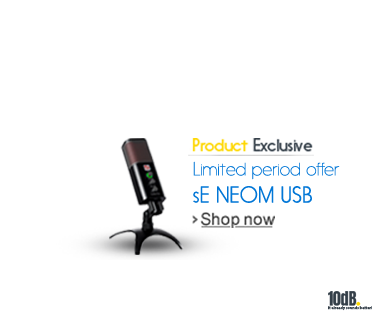
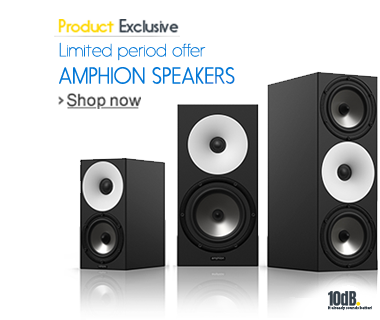
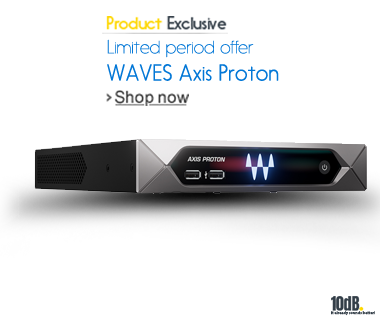
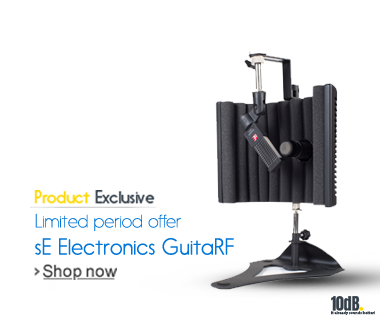
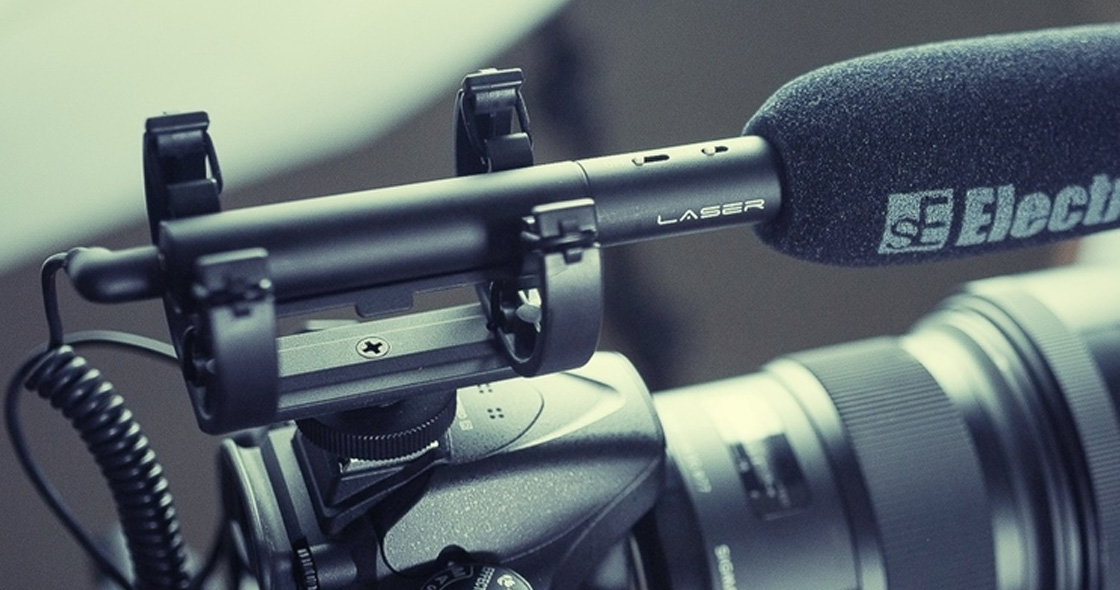
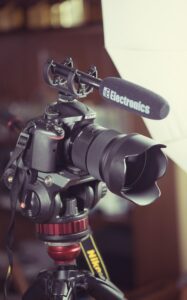

I have to say that at first I hesitated, but this microphone really surprised me!
I bought one microphone four months ago and a week ago I ordered another one. Their quality is really great! No noise, clean and high quality sound.
And thank you very much for the service, the product arrived two days after the purchase!